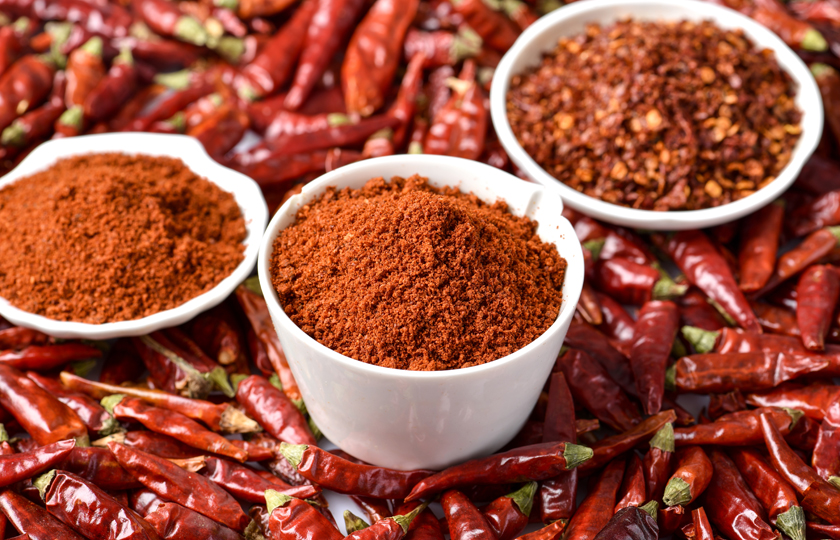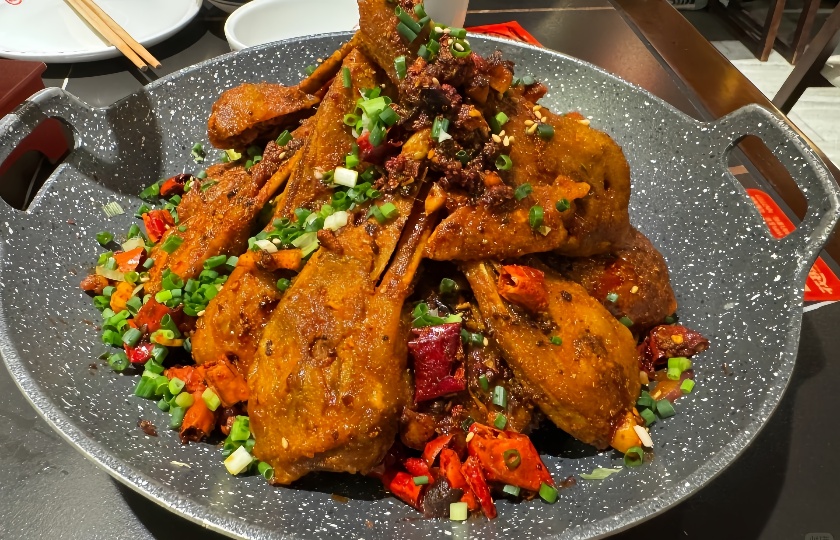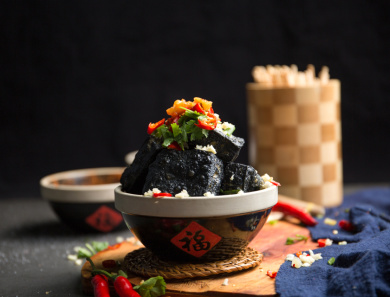Exploring the Culinary Realm: Which Part of China Has the Spiciest Food?
 When peppers dance on the tip of the tongue, a competition about "Which place in China has the spiciest food?" quietly unfolds. Is it the hot and unrestrained Sichuan food or the purely spicy Hunan food?
When peppers dance on the tip of the tongue, a competition about "Which place in China has the spiciest food?" quietly unfolds. Is it the hot and unrestrained Sichuan food or the purely spicy Hunan food?
Which Place in China Has the Spiciest Food?
When it comes to which region in China boasts the spiciest food, it's a tough call. China is home to a vast array of spicy dishes, each region with its unique style and flavors.
As a food blogger who's tasted flavors from all over, I'd recommend checking out Hunan, Sichuan, Chongqing, and Guizhou. Each offers a top-notch spicy experience in its own way.
Hunan's spice is pure and intense. Whether it's the chopped pepper fish head or spicy bullfrog, Hunan cuisine brings out the full potential of chili peppers, leaving a lasting impression.
Sichuan's spice is all about complexity. Here, you can savor classics like boiled fish, spicy chicken, and mala hotpot. The heat is layered with numbing, sour, and sweet notes, delivering surprise after surprise to your taste buds.
Chongqing's spice is the kind that makes you sweat but keeps you coming back for more. Dishes like Chongqing hotpot, skewers, and spicy blood soup combine heat with numbing and aromatic flavors, making them addictive.
As for Guizhou, its spice has a distinctive sour twist. Dishes like sour soup fish and spicy chicken offer a unique tangy and spicy taste that's unforgettable.
Of course, this is just my personal take. Everyone's tolerance and preference for spice vary. To truly discover which region's food is the spiciest, you'll have to try it for yourself and find your own spicy paradise.

Is northern or southern Chinese food spicier?
Generally speaking, southern Chinese cuisine tends to be spicier than northern cuisine, but this isn't always the case. Here's a breakdown:
Southern Regions with Spicy Food Culture:
Hunan: Known for their love of spicy food, there's a saying that Hunan people are "afraid of food that's not spicy." Dishes often feature chili peppers prominently, like in dry pot rabbit. The flavors are typically both salty and spicy.
Guizhou: Offers a unique blend of dry and sour-spicy flavors. Households often stock various chili products, such as chili powder and oil, used in dishes like sour soup fish.
Sichuan and Chongqing: Famous for their "mala" (numbing and spicy) flavors, combining chili and Sichuan peppercorns. Classics like boiled fish, spicy chicken, and hotpot use large amounts of these spices.
Jiangxi: Some areas, like Pingxiang, are known for their spicy dishes. Even porridge and soups might include chili, with a pure spicy taste evident in stir-fries.
Northern Regions with Less Emphasis on Spice:
Climate: The drier climate in the north, especially in winter, makes spicy food less common as it can exacerbate dryness.
Taste Preferences: Northern cuisine focuses more on rich, savory flavors rather than spice. However, some areas, like Shaanxi, are known for spicy condiments like oil-splash chili, used more as a seasoning.
Overall, while southern regions often have a deeper culture of spicy food, and their dishes tend to be spicier, the north also has its own spicy specialties and regions where people enjoy spicy food.

Is Shanghai food spicy?
Overall, Shanghai cuisine is not known for being spicy. The local flavors lean towards sweet, savory, and rich sauces. Famous dishes like red-braised pork and sweet and sour ribs highlight these characteristics.
However, with the influx of diverse cuisines from across China, you can find spicy dishes in Shanghai, especially in Sichuan and Hunan restaurants, offering options like boiled fish and chopped pepper fish head. These, though, are not native to Shanghai.
Street food in Shanghai might have a hint of spice, like some vendors adding a touch of chili to the filling of pan-fried buns, but it's usually mild.
So, if you're looking for spicy food, Shanghai might not be your first choice, but you can still enjoy its unique culinary culture.
Is fujian food spicy?
Overall, Fujian cuisine is not known for being spicy. Fujian cuisine, or Min cuisine, is celebrated for its fresh, light, and original flavors. For example, the classic dish Buddha Jumps Over the Wall combines various precious ingredients and is slow-cooked to achieve a rich and umami taste, without any spiciness. Other dishes like Lychee Pork, which is crispy on the outside and tender on the inside with a sweet and sour flavor, and Drunken Ribs, which are crispy and also sweet and sour, are typical examples.
Different regions within Fujian have their own culinary specialties. In Sha County, for instance, Sha County snacks are popular nationwide. Some noodle dishes might have a bit of chili added for flavor, but it's usually mild, with the emphasis on the peanut sauce and the texture of the noodles. In some places, Fuding Meat Slices might include pickled peppers, adding a slight kick, but not to the extent that it makes you sweat.
Fujian is located along the southeastern coast of China, with a warm and humid climate. As a result, the local diet tends to favor light and refreshing foods to suit the climate. Fujian also has abundant seafood resources, and the cooking methods often highlight the natural flavors of the seafood rather than masking them with a lot of chili.
So, in general, Fujian food is not spicy. Even dishes with a bit of spice use it as a subtle accent rather than a dominant flavor. For those who can't handle spicy food, Fujian is an excellent place to enjoy delicious cuisine without worrying about the heat.

Why Isn’t Cantonese Cuisine Spicy?
Focus on Freshness: Cantonese cuisine is all about the freshness and natural flavors of the ingredients. As they say in Guangdong, “It’s all about the freshness!” Spicy peppers can overpower these flavors, so chefs usually avoid them.
Climate Considerations: Guangdong’s weather is often hot and humid, and eating spicy food can cause discomfort. People in Guangdong focus on health and prefer lighter meals.
Culinary Techniques: Cantonese cooking involves a variety of techniques like braising, steaming, boiling, stir-frying, and deep-frying. Chefs use a range of spices like star anise, cinnamon, and bay leaves to enhance flavors, so there’s no need for chili peppers.
Dietary Habits: People in Guangdong grow up eating mild foods, believing it's healthier. While they do enjoy a bit of spice, it’s usually just a subtle touch.
Health and Wellness: Cantonese people emphasize food therapy, believing that spicy foods can upset the stomach. They prefer nourishing soups and stews to maintain health, which are key to their wellness practices.























